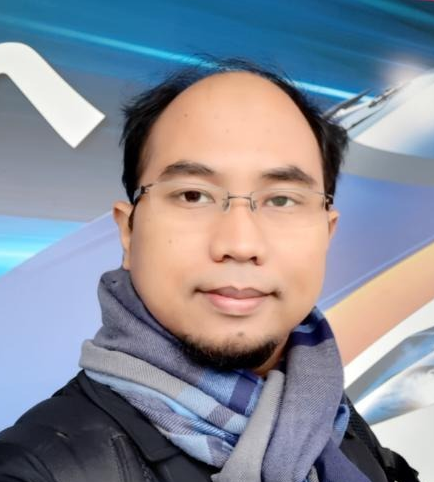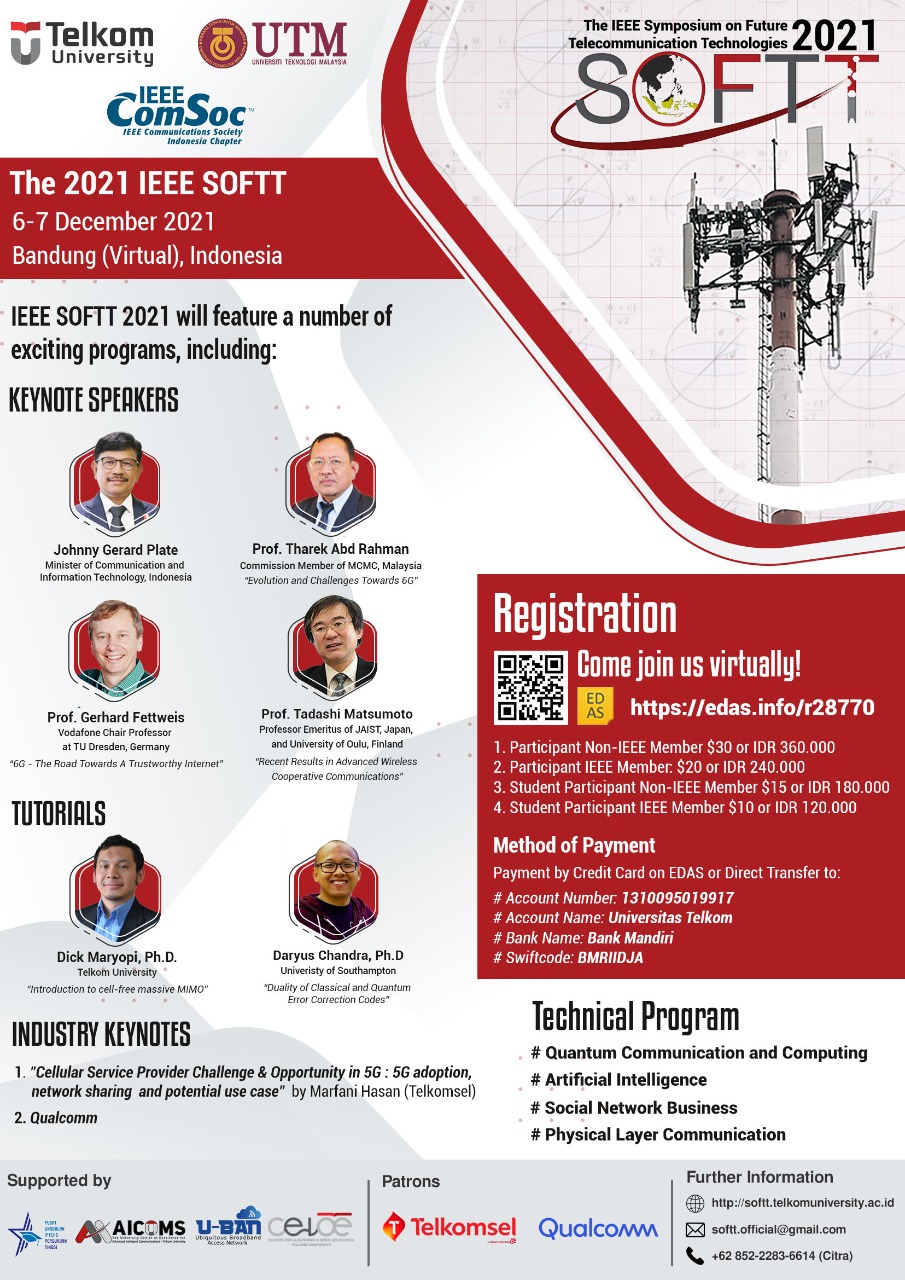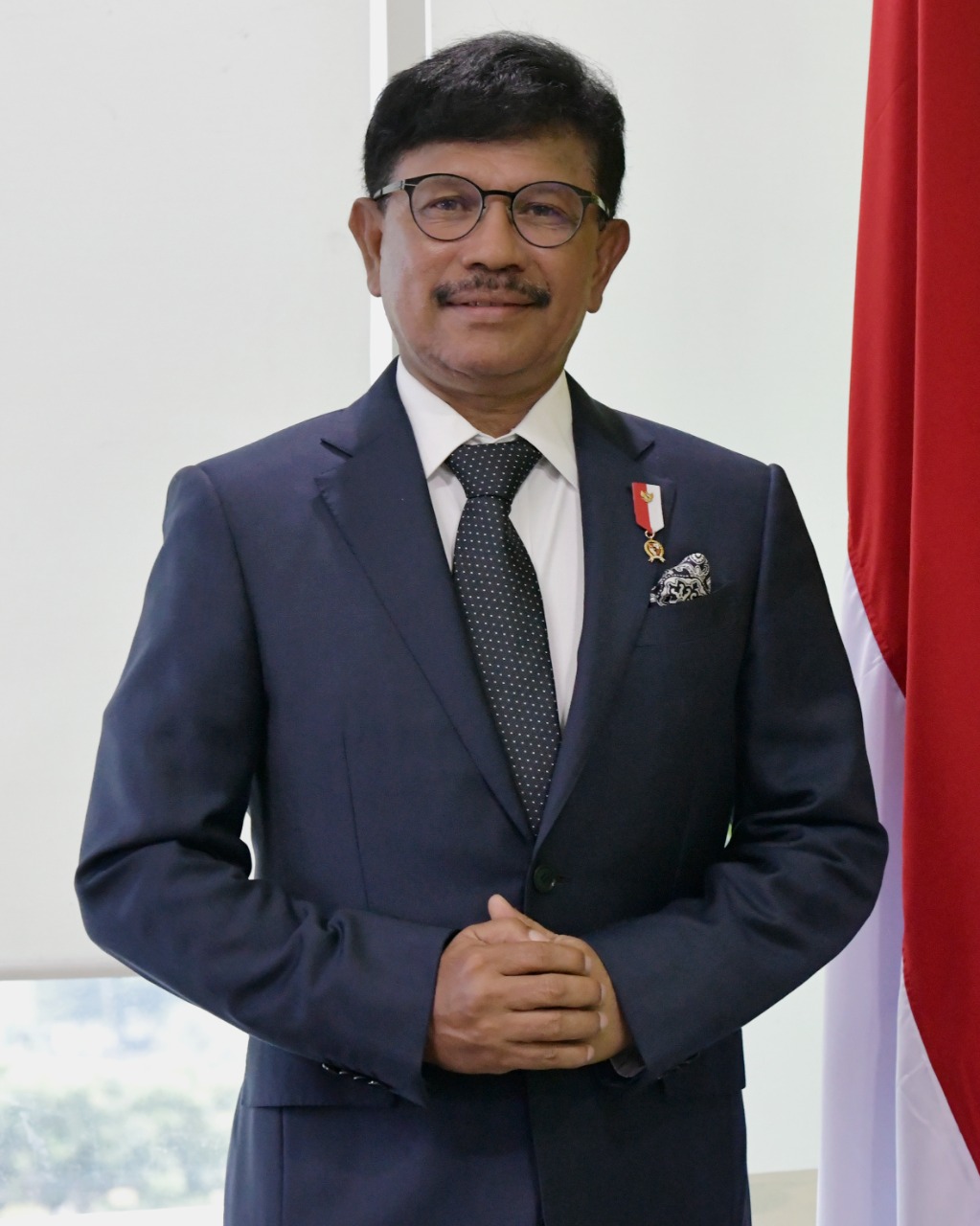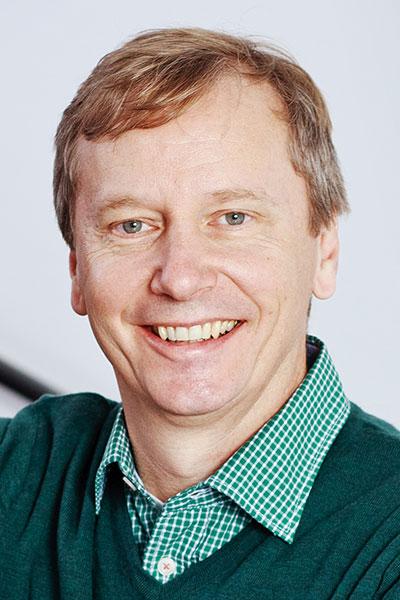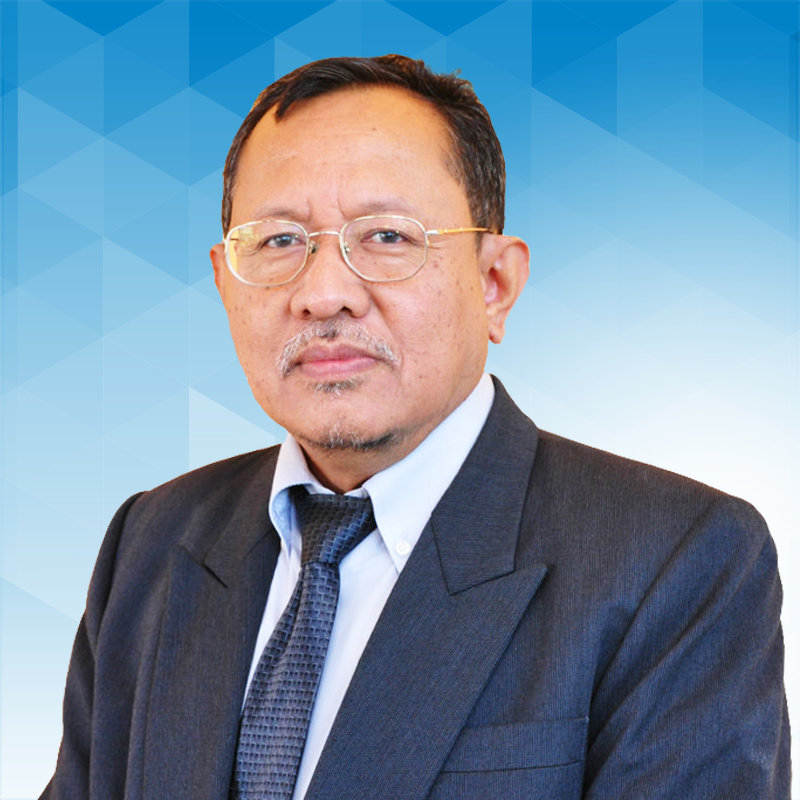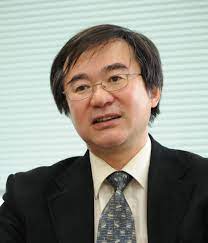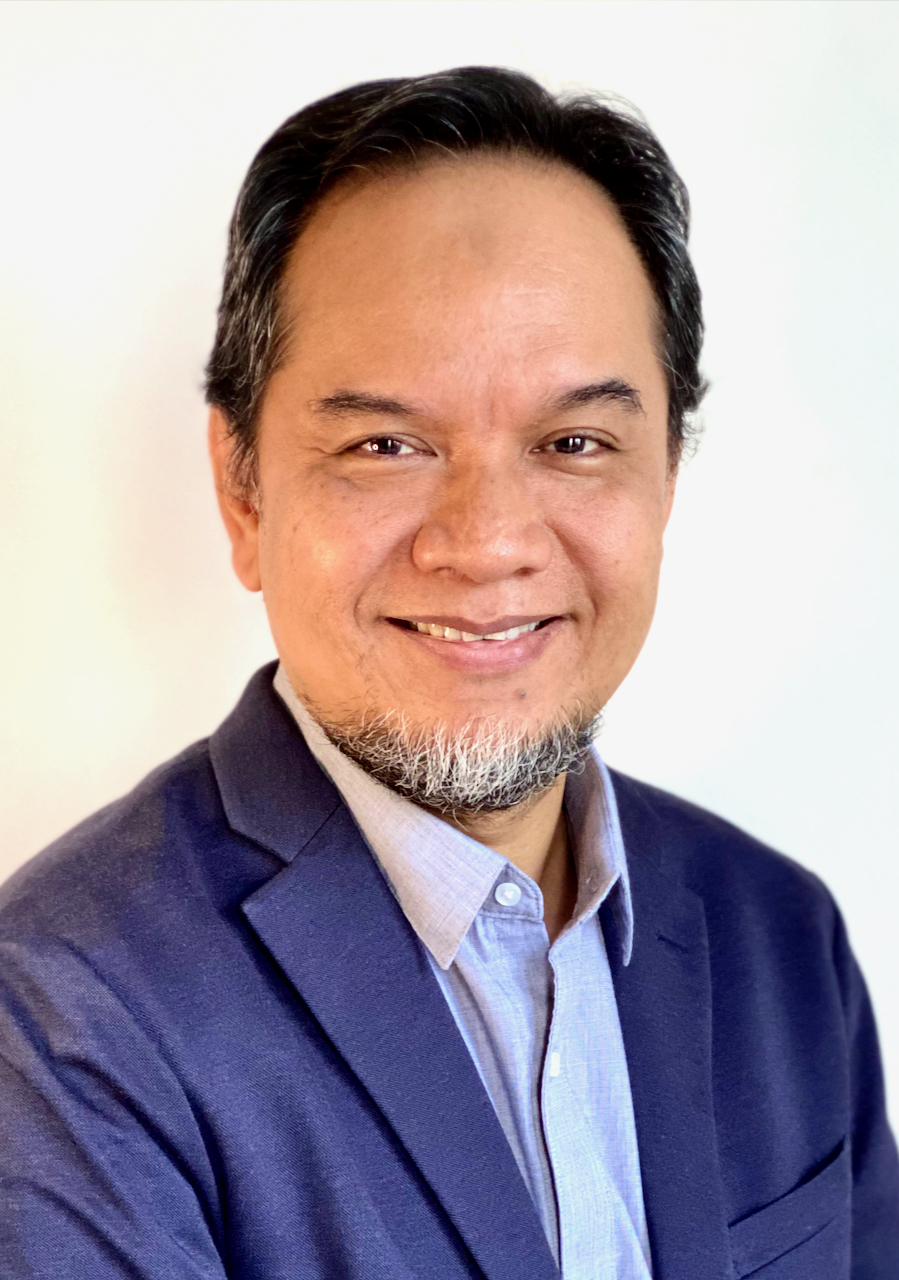TAD MATSUMOTO (S'84, M'98, F'10) received his B.S. and M.S. degrees in electrical engineering, and his Ph.D. degree in electrical engineering, all from Keio University, Yokohama, Japan, in 1978, 1980, and 1991, respectively. He joined Nippon Telegraph and Telephone Corporation (NTT), in 1980, where he was involved in a lot of research and development projects mobile wireless communications systems. In 1992, he transferred to NTT DoCoMo, where he researched on code-division multiple-access techniques for mobile communication systems. In 1994, he transferred to NTT America, where he served as a Senior Technical Advisor of a joint project between NTT and NEXTEL Communications. In 1996, he returned to NTT DoCoMo, where he served as the Head of the Radio Signal Processing Laboratory, until 2001. He researched on adaptive signal processing, multiple-input multiple-output turbo signal detection, interference cancellation, and space-time coding techniques for broadband mobile communications. In 2002, he moved to the University of Oulu, Finland, where he served as a Professor at Centre for Wireless Communications. In 2006, he has served as a Visiting Professor with the Ilmenau University of Technology, Ilmenau, Germany, supported by the German MERCATOR Visiting Professorship Program. Since 2007, he has been serving as a Professor with the Japan Advanced Institute of Science and Technology (JAIST), Japan, while also keeping a cross-appointment position with the University of Oulu. After his retirement from JAIST, he moved to IMT-Atlantic, France, where he is serving as an invited professor. He is also Professor Emeritus of JAIST and University of Oulu.
Prof. Matsumoto is a member of the IEICE. He has led a lot of projects supported by the Academy of Finland, European FP7, and the Japan Society for the Promotion of Science and Japanese private companies. He has been appointed as a Finland Distinguished Professor, from 2008 to 2012, supported by Finnish National Technology Agency (Tekes) and Finnish Academy, under which he preserves the rights to participate in and apply for European and Finnish National Projects. He was a recipient of IEEE VTS Outstanding Service Award, in 2001, Nokia Foundation Visiting Fellow Scholarship Award, in 2002, IEEE Japan Council Award for Distinguished Service to the Society, in 2006, the IEEE Vehicular Technology Society James R. Evans Avant Garde Award, in 2006, Thuringen State Research Award for Advanced Applied Science, in 2006, the 2007 Best Paper Award of the Institute of Electrical, Communication, and Information Engineers of Japan, in 2008, Telecom System Technology Award from the Telecommunications Advancement Foundation, in 2009, IEEE Communication Letters Exemplary Reviewer, in 2011, Nikkei Wireless Japan Award, in 2013, IEEE VTS Recognition for Outstanding Distinguished Lecturer, in 2016, and IEEE TRANSACTIONSON COMMUNICATIONS Exemplary Reviewer, in 2018. He has been serving as an IEEE Vehicular Technology Distinguished Speaker, since 2016.
Abstract:
Network Information Theory is an extension of Shannon’s Information Theory to Networks. We believe that the key to the successful development of generation-less mobile wireless communications system concepts should be to utilize the latest results of Network Information Theory in the most suitable forms, so as to satisfy network objectives and requirements in efficient way. Therefore, identifying the theoretical performance limits of such systems is of most crucial importance. Under such significant and ambitious goals and objectives, Tadashi Matsumoto has worked for almost 40 years including experiences in the industry (NTT/NTT DoCoMo) and academia (Center for Wireless Communications, University of Oulu, Finland, and JAIST, Japan).
This talk considers how Network Information Theory should be understood with the aim that it can be best suited to mobile wireless cooperative communications systems having massive wireless devices. Especially, this talk focuses on how the Lossy Distributed Multi-terminal Source Coding Theory and its theoretical framework should be modified so that the wireless communications community can get the maximum benefit from this theoretical framework. The use cases of this framework include wireless cooperative communications networks having massive wireless devices, such as wireless mesh networks, relay communications, sensor networks, Internet-of-Things (IoT) and Vehicle-to-Things (V2X) networks. This talk includes theoretical limit analysis, algorithm design, and verification by simulations.
The reason for the pursuance towards the goals described above is that in IoT, V2X, and Edge computing, the lossless recovery of information observed by the sensing devices should not necessarily be End-to-End Lossless. In other words, the purpose of IoT network is NOT the full recovery of observations, but to make correct decisions based on the observations made by massive sensing devices which are assumed to be distributed around the target, and hence the corrected information is correlated. By utilizing the source correlation knowledge at the receiver, Ultra Reliable Low Latency Communication (URLLC) is possible, even though packet-wise transmission is lossy.
At the final part of this Talk, the recent results of his research group are introduced, which covers performance analysis of Lossless/Lossy Multi-source transmission over fading Multiple Access Channels, such as Wyner Ziv systems over fading MAC.
